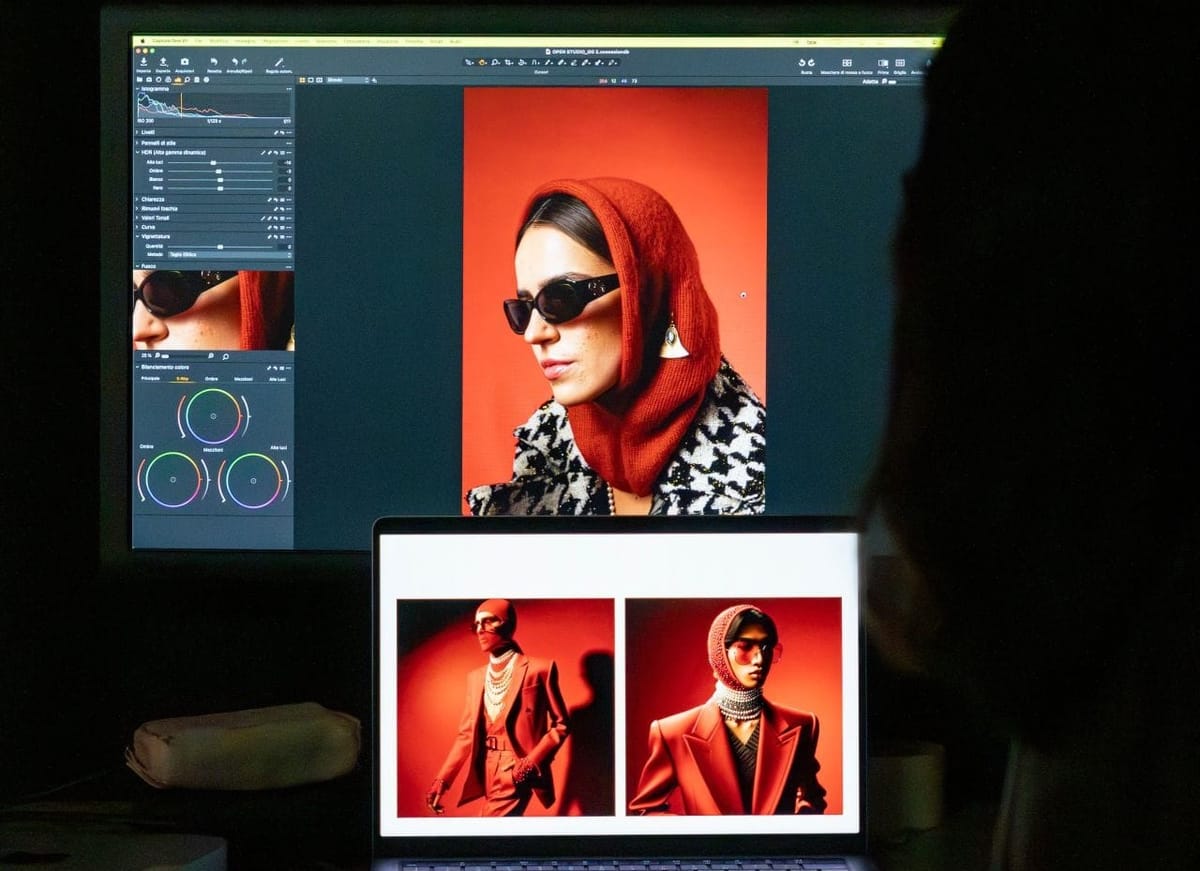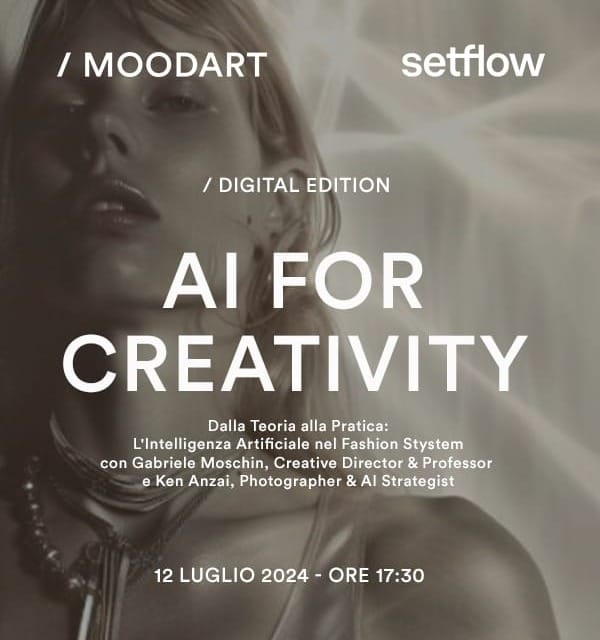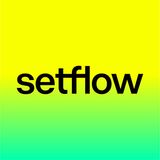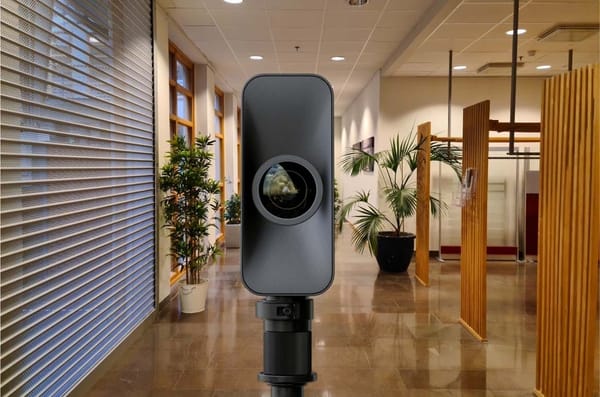AI in the service of creativity

Artificial intelligence (AI) is revolutionising many industries, and the creative fields are no exception. From photography to communication, AI is reshaping how we approach creativity, offering new tools and possibilities. In this article, we’ll explore what AI is, its impact on the creative process, and what the future holds. Plus, don’t miss the exciting announcement about our upcoming digital talk!
What is AI and how is it transforming the creative approach?
AI refers to the simulation of human intelligence in machines that are programmed to think and learn. It includes technologies like machine learning, neural networks, and natural language processing. In the creative world, AI is transforming how we approach projects by automating tasks, enhancing creativity, and providing new ways to interact with creative content.
Definition of AI in the context of photography and communication
In photography and communication, AI uses advanced algorithms and machine learning to improve and simplify creative processes. This includes everything from generating unique photo edits and styles to automating social media content and analysing audience engagement.

Historical overview of the introduction of AI into the creative industries
The integration of AI into creative industries began in the early 2000s, but its roots go back to the 1980s and 1990s with computer graphics and early digital art. Initially, AI was used for simple tasks such as image recognition and basic photo editing. Over time, as AI technology advanced, its applications grew into areas like automated design, generative art, and interactive media.
How AI has changed the everyday creative process
AI has significantly changed the everyday creative process by:
- Automating routine tasks: AI can handle repetitive tasks like sorting photos, basic editing, and even generating captions, freeing up time for more creative work.
- Enhancing creativity: Tools like AI-driven design software can suggest new ideas and styles, helping artists to explore new creative directions.
- Improving efficiency: AI can quickly analyze large amounts of data, providing insights that inform creative decisions and strategies.
Examples of AI tools, apps, and software used in professional creative projects
Here are some AI tools that are making waves in the creative industries:
- Adobe Sensei: An AI platform that powers features across Adobe products, helping with tasks like auto-tagging images, enhancing photos, and suggesting design layouts.
- Runway ML: A tool that makes machine learning accessible to artists, allowing them to create generative art, manipulate images, and create new forms of media.
- DeepArt: An app that uses AI to turn photos into art in the style of famous artists.
- Lumen5: An AI-powered video creation tool that turns blog posts and articles into engaging videos.
- Moodboard AI tool by Setflow: A creative AI-integrated tool, designed to help you explore new concepts, and craft mesmerising mood boards.
Moodboard AI tool by Setflow
Examples and successful case studies
- Burberry: The luxury fashion brand uses AI to analyze social media trends and customer behavior, helping them create personalized marketing campaigns.
- IKEA: The furniture giant uses AI to create 3D models of their products, allowing customers to visualize how items would look in their homes through augmented reality.
- The New York Times: The newspaper employs AI to recommend articles to readers based on their reading habits, increasing engagement and satisfaction.
What are expected future trends?
AI will bring even more innovation to creative industries. Some expected trends include:
- Hyper-personalisation: AI will enable brands to create highly personalised content tailored to individual preferences.
- Augmented creativity: AI will help creatives generate new ideas and concepts, pushing the boundaries of traditional art forms.
- Interactive experiences: AI-driven interactive media will become more prevalent, offering immersive experiences in fashion, advertising, and entertainment.
Predictions on how AI will continue to transform photography and communication
Based on current research and trends, AI will likely continue to transform photography and communication in the following ways:
- Automated shoots: AI could eventually control cameras and lighting, creating perfect shots without human intervention.
- Virtual fashion models: AI-generated models could become common, offering endless possibilities for diversity and creativity.
- Enhanced customer interaction: AI will enable more interactive and personalised communication between brands and customers, improving engagement and loyalty.
Setflow will host a digital talk in collaboration with Moodart, the school of fashion communication, on July 12th. Join us to learn more about how AI is transforming the creative industries! Register here for the talk.





